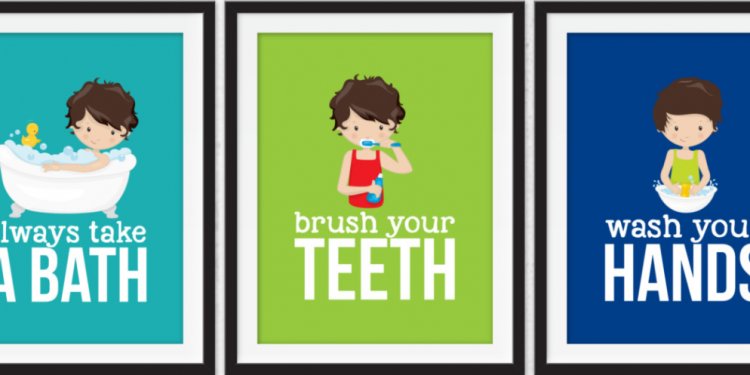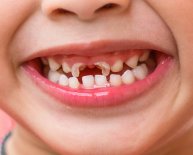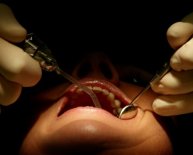
Teaching Kids about Dental Health
How Do I Help My Children Care for Their Teeth and Prevent Cavities?
Teaching your child proper oral care at a young age is an investment in his or her health that will pay lifelong dividends. You can start by setting an example; taking good care of your own teeth sends a message that oral health is something to be valued. And anything that makes taking care of teeth fun, like brushing along with your child or letting them choose their own toothbrush, encourages proper oral care.
To help your children protect their teeth and gums and greatly reduce their risk of getting cavities, teach them to follow these simple steps:
- Brush twice a day with an ADA — accepted fluoride toothpaste to remove plaque-the sticky film on teeth that's the main cause of tooth decay.
- Floss daily to remove plaque from between your teeth and under the gumline, before it can harden into tartar. Once tartar has formed, it can only be removed by a professional cleaning.
- Eat a well-balanced diet that limits starchy or sugary foods, which produce plaque acids that cause tooth decay. When you do eat these foods, try to eat them with your meal instead of as a snack-the extra saliva produced during a meal helps rinse food from the mouth.
- Use dental products that contain fluoride, including toothpaste.
- Make sure that your children's drinking water is fluoridated. If your water supply; municipal, well or bottled does not contain fluoride, your dentist or pediatrician may prescribe daily fluoride supplements.
- Take your child to the dentist for regular checkups.
What Brushing Techniques Can I Show My Child?
You may want to supervise your children until they get the hang of these simple steps:
- Use a pea-sized dab of an ADA-accepted fluoride toothpaste. Take care that your child does not swallow the toothpaste.
- Using a soft-bristled toothbrush, brush the inside surface of each tooth first, where plaque may accumulate most. Brush gently back and forth.
- Clean the outer surfaces of each tooth. Angle the brush along the outer gumline. Gently brush back and forth.
- Brush the chewing surface of each tooth. Gently brush back and forth.
- Use the tip of the brush to clean behind each front tooth, both top and bottom.
- It's always fun to brush the tongue!
When Should My Child Begin Flossing?
Because flossing removes food particles and plaque between teeth that brushing misses, you should floss for your children beginning at age 4. By the time they reach age 8, most kids can begin flossing for themselves.
What are Dental Sealants and How Do I Know if My Child Needs Them?
A dental sealant creates a highly-effective barrier against decay. Sealants are thin plastic coatings applied to the chewing surfaces of a child's permanent back teeth, where most cavities form. Applying a sealant is not painful and can be performed in one dental visit. Your dentist can tell you whether your child might benefit from a dental sealant.

















